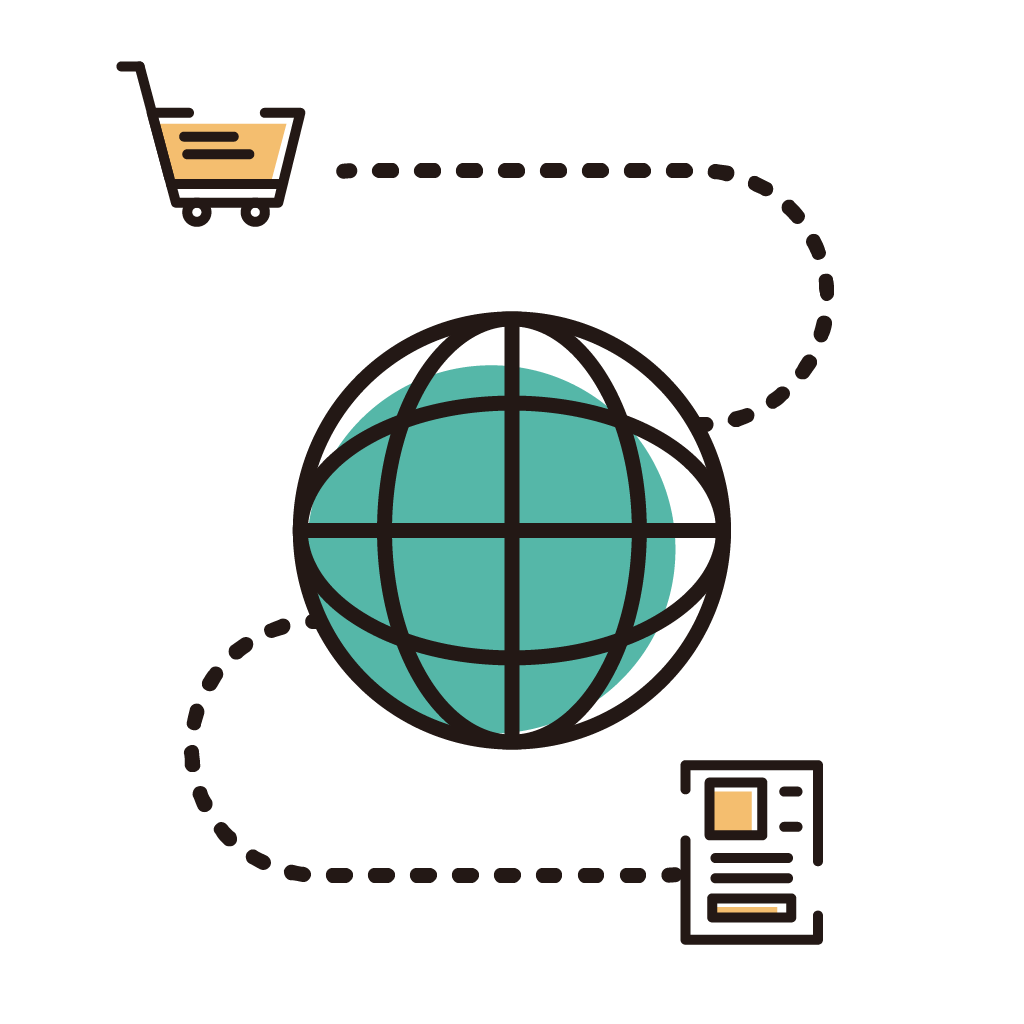International shipping rates are a key factor for businesses and individuals involved in global trade. Whether you are shipping products to customers overseas, moving personal belongings, or importing materials for your business, understanding how these rates work is essential to managing your expenses and ensuring smooth logistics. The costs associated with international shipping can vary widely based on factors such as destination, package weight, shipping method, and more. Let’s explore the essential aspects of international shipping rates and how you can make the most cost-effective decisions.

Factors Influencing International Shipping Rates
Shipping DestinationOne of the biggest factors affecting shipping rates is the destination country. Shipping costs tend to increase as the distance between the origin and destination grows. Countries with high demand for imports or a robust logistics infrastructure may offer lower shipping costs, while more remote or less developed regions can be significantly more expensive. Additionally, certain regions may have higher customs fees, taxes, and duties that can drive up the total shipping cost.
Package Weight and DimensionsBoth the weight and size of your package play a critical role in determining the cost of shipping. Heavier or bulkier packages incur higher charges due to the added effort and resources required to transport them. Many shipping carriers use dimensional weight pricing, where the volume of the package is also considered alongside its actual weight. This means that even if your package is lightweight, but takes up a lot of space, you may still face higher shipping fees.
Shipping SpeedThere are a variety of shipping speed options available, and your choice directly affects the cost. Standard shipping tends to be the most affordable option but can take longer, while express or expedited shipping guarantees faster delivery times but comes at a premium. Businesses and customers often balance between cost and speed, depending on the urgency of the shipment.
Customs and DutiesInternational shipping often involves passing through customs, where import duties and taxes are imposed based on the type and value of the goods being shipped. These fees can vary widely depending on the country of destination and the specific goods being imported. It’s important to understand these potential costs to avoid unexpected charges when your goods arrive. Some shipping companies offer Duties Paid (DDP) services, where the sender covers all customs fees upfront, making the process easier for the recipient.
Shipping Method (Air vs. Sea)The shipping method you choose can dramatically impact rates. Air freight is much faster but also significantly more expensive than sea freight. For high-value or time-sensitive goods, air shipping is often the preferred option, while bulk shipments that aren’t time-critical may benefit from the lower cost of sea freight.
Rail and truck transport may also be involved for regional shipments, depending on the location.
Fuel Surcharges and Seasonal ChangesShipping carriers often apply fuel surcharges to cover fluctuations in fuel prices. These surcharges are typically adjusted monthly, and they can add to the overall shipping rate. Additionally, rates can increase during peak shipping seasons, such as around the holidays, when demand is higher, and carriers are handling more volume.
How to Lower International Shipping Rates
Although international shipping can be costly, there are ways to reduce rates and make your logistics more cost-effective:
Compare Shipping CarriersDifferent shipping carriers offer different rates for the same destinations, and rates can vary significantly. Comparing services like FedEx, UPS, DHL, and local postal services can help you find the most affordable option for your specific needs. Additionally, some carriers offer special rates for small businesses or frequent shippers, so it’s worth exploring all available options.
Leverage Shipping SoftwareUtilizing shipping management software or platforms can provide access to discounted shipping rates and streamline your shipping process. These tools can compare rates across multiple carriers, automate label creation, and offer real-time tracking for your shipments, saving you both time and money.
Consolidate ShipmentsIf possible, consider consolidating multiple packages into a single shipment. Shipping several small packages individually can be more expensive than sending one larger consolidated shipment. Many freight forwarders and shipping services offer consolidation options to help reduce costs, particularly for bulk orders.
Optimize Package SizePaying attention to how your products are packed can reduce shipping costs. Minimizing package dimensions and eliminating excess packing materials can lower dimensional weight charges. Using the right-sized boxes and lightweight materials can also help prevent overspending on shipping fees.
Negotiate with CarriersIf you are a frequent shipper, you may be able to negotiate shipping rates with carriers. Many companies offer discounts or volume-based pricing for businesses that ship regularly. Building a relationship with your preferred shipping carrier can lead to better rates over time.
Use Freight Forwarding ServicesFreight forwarders can help you navigate complex international shipping processes while providing competitive rates. They offer expertise in customs clearance, documentation, and shipping route optimization, making it easier to handle large or complicated shipments.
Importance of Reliable Shipping Partners
Choosing the right shipping partner is crucial to ensuring that your goods arrive on time and in perfect condition. Look for carriers with a strong reputation for reliability, timely deliveries, and customer service. Some carriers specialize in specific regions or types of goods, so it’s essential to align your choice with your shipping needs.
For international e-commerce businesses, partnering with a shipping provider that offers a seamless, transparent shipping experience can enhance customer satisfaction. Features like real-time tracking, insurance options, and clear communication can build trust and confidence in your service.
Conclusion
International shipping rates are influenced by a range of factors, from destination and weight to shipping method and customs fees. However, by understanding these components and leveraging smart strategies such as comparing carriers, optimizing packaging, and consolidating shipments, you can manage costs more effectively. A reliable shipping partner will further ensure that your goods reach their global destination smoothly, enabling your business or personal shipments to thrive in today’s fast-paced, interconnected world.























